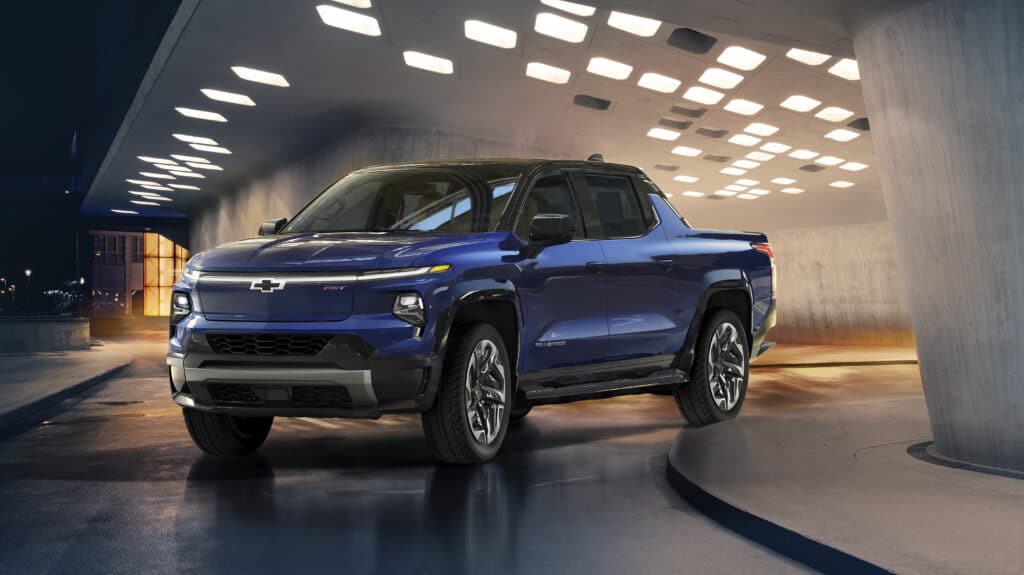PG&E and General Motors Collaborate on Pilot to Reimagine Use of Electric Vehicles as Backup Power Sources for Customers
In an unprecedented move, Pacific Gas and Electric Company (PG&E) and General Motors (GM) have announced a pivotal collaboration. The partnership aims to pilot the use of GM’s electric vehicles as on-demand power sources for homes within PG&E’s service area. This groundbreaking initiative seeks to harness the potential of electric vehicles beyond transportation, extending their utility to home energy solutions. It represents a significant step towards a sustainable energy future, underscoring the transformative impact of electric vehicles on our everyday lives.

To further enhance the value proposition of electric vehicles, PG&E and GM are planning to test vehicles equipped with advanced bidirectional charging technology. This technology, which represents the pinnacle of modern innovation, can help power the essential needs of a properly equipped home, seamlessly integrating with existing household energy systems. Electric vehicles are not only pivotal to California’s ambitious objectives of significantly reducing greenhouse gas emissions, but they also provide owners with numerous benefits such as reduced fuel costs, lower maintenance costs, and preferential parking in certain areas.
The inclusion of bidirectional charging capabilities only serves to augment these benefits, contributing to improved electric resiliency and reliability. In essence, the dream of a self-sufficient, energy-efficient home is drawing ever closer to reality, thanks to the relentless efforts of companies like PG&E and GM.
“We are really excited about this innovative collaboration with GM. Imagine a future where everyone is driving an electric vehicle — and where that EV serves as a backup power option at home and more broadly as a resource for the grid. Not only is this a huge advancement for electric reliability and climate resiliency, it’s yet another advantage of clean-powered EVs, which are so important in our collective battle against climate change,” said PG&E Corporation CEO Patti Poppe.
By the end of 2025, GM is set to significantly ramp up its EV production capabilities, with plans to have over 1 million units of EV capacity in North America alone. This substantial increase is a response to the soaring demand for electric vehicles, reflecting a paradigm shift in consumer preferences towards more sustainable modes of transportation.
Central to GM’s expansion strategy is the Ultium Platform, a revolutionary integrated system combining EV architecture and propulsion technology. This platform equips GM with the capacity to produce electric vehicles on a large scale, catering to a diverse range of lifestyles and price points. From economical city cars to luxurious SUVs, the Ultium Platform enables a wide spectrum of EV offerings, ensuring that the benefits of electric mobility are accessible to all.
“GM’s collaboration with PG&E further expands our electrification strategy, demonstrating our EVs as reliable mobile sources of power. Our teams are working to rapidly scale this pilot and bring bidirectional charging technology to our customers,” said GM Chair and CEO Mary Barra.
How the pilot will work
In a monumental step forward, PG&E and GM have unveiled plans to test the pilot’s first vehicle-to-home capable EV and charger by the summer of 2022. This innovative pilot will incorporate the use of bidirectional hardware that will be uniquely paired with software-defined communications protocols. The integration of these systems will allow for power to be seamlessly transferred from a charged EV into a customer’s home, creating an effective, coordinated interplay between the EV, residential power, and PG&E’s electric supply. Furthermore, this pilot won’t be limited to a single model or type of EV. Indeed, it will encompass multiple GM electric vehicles, showcasing the versatility and wide applicability of this pioneering technology.
